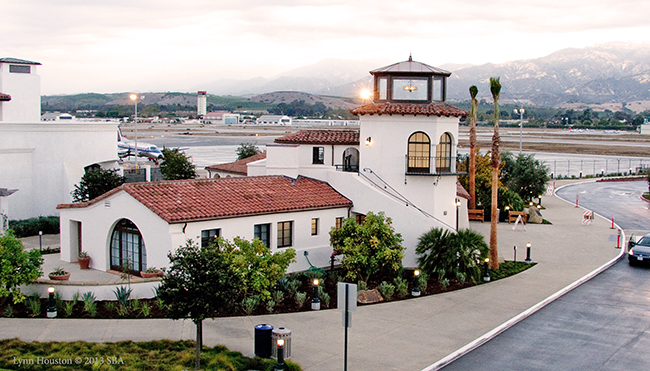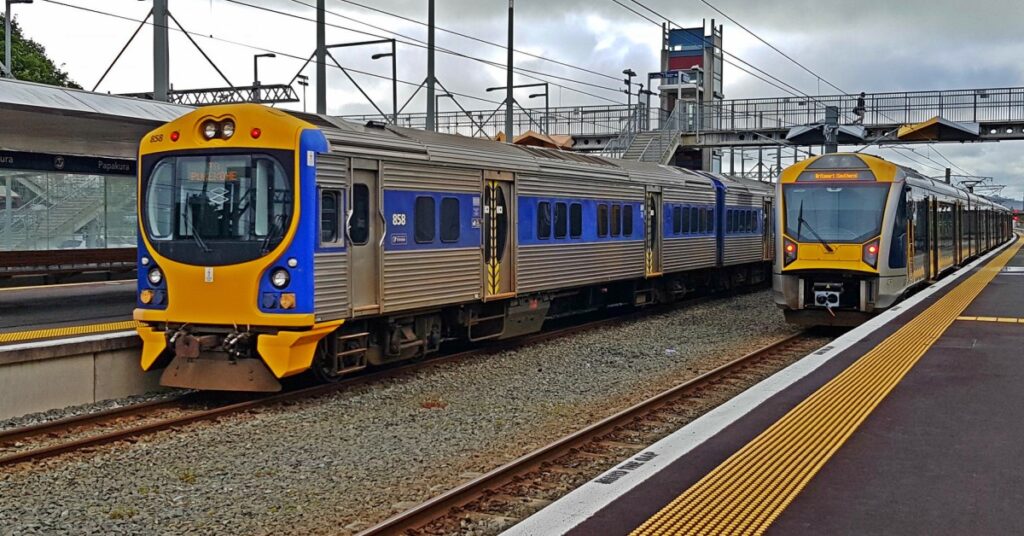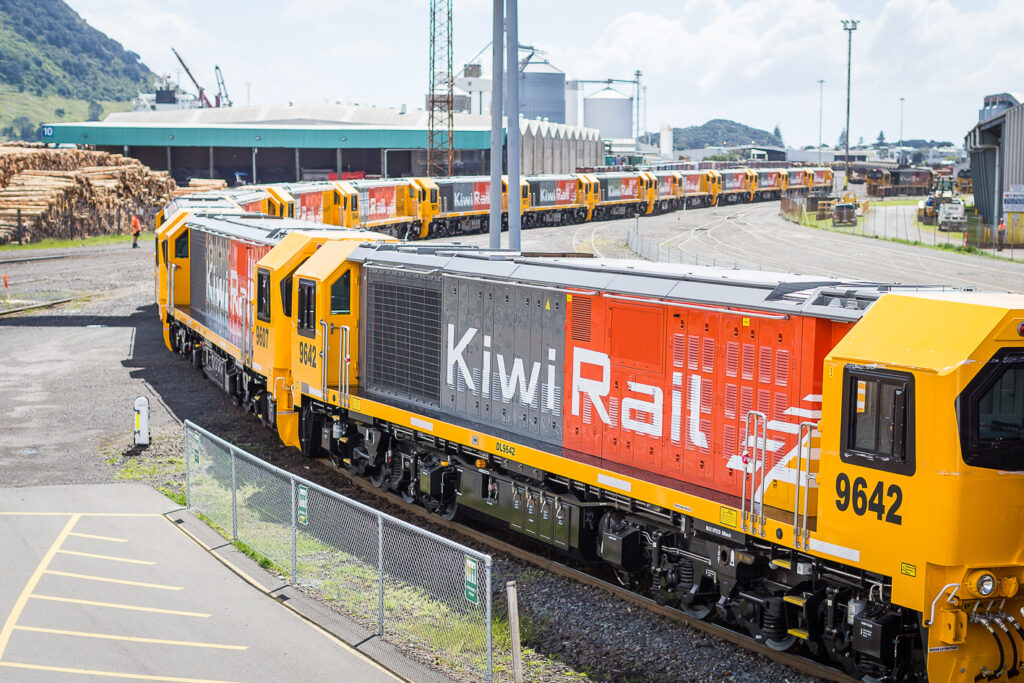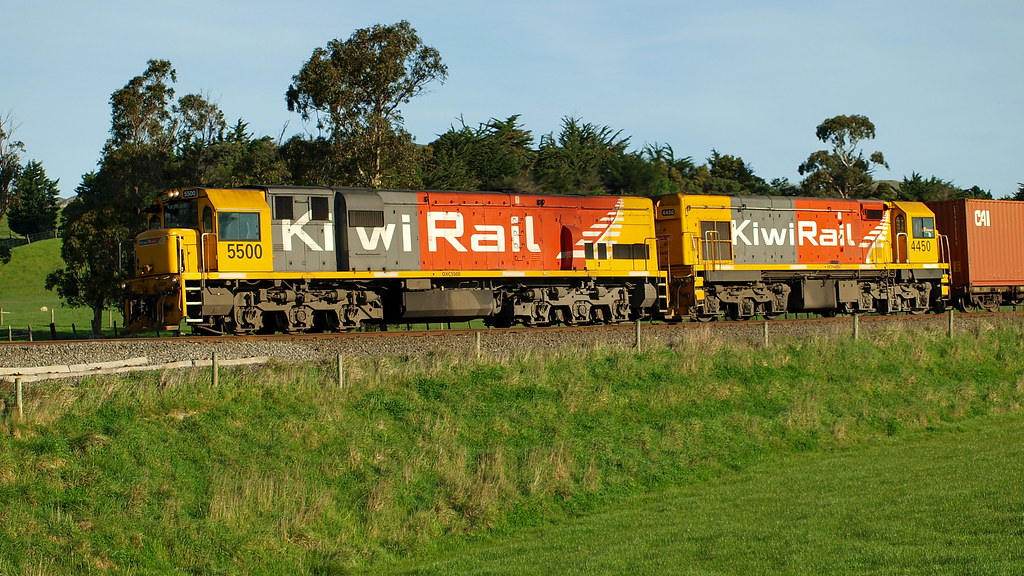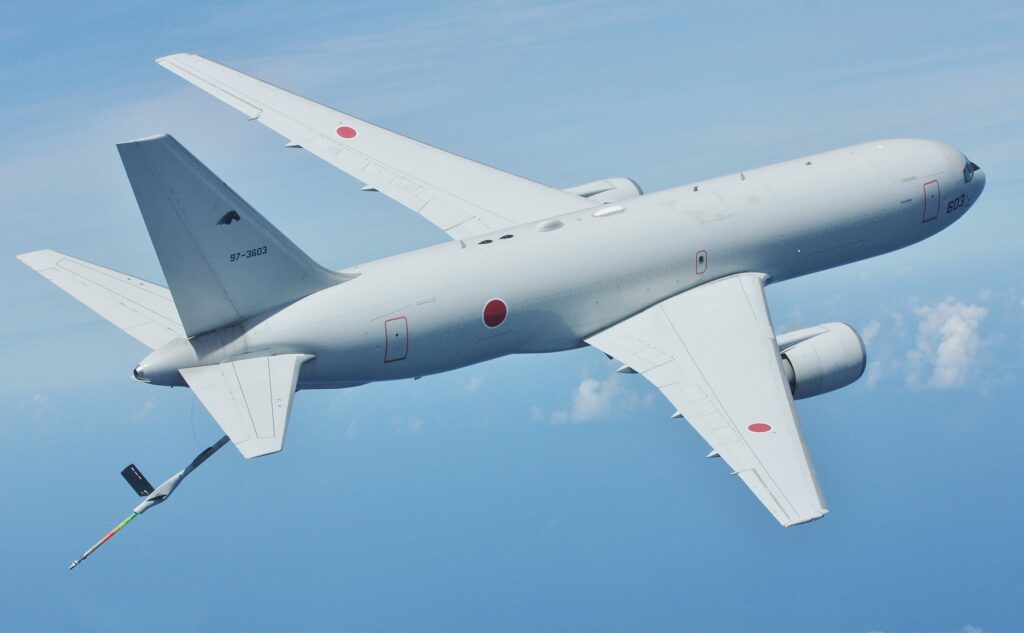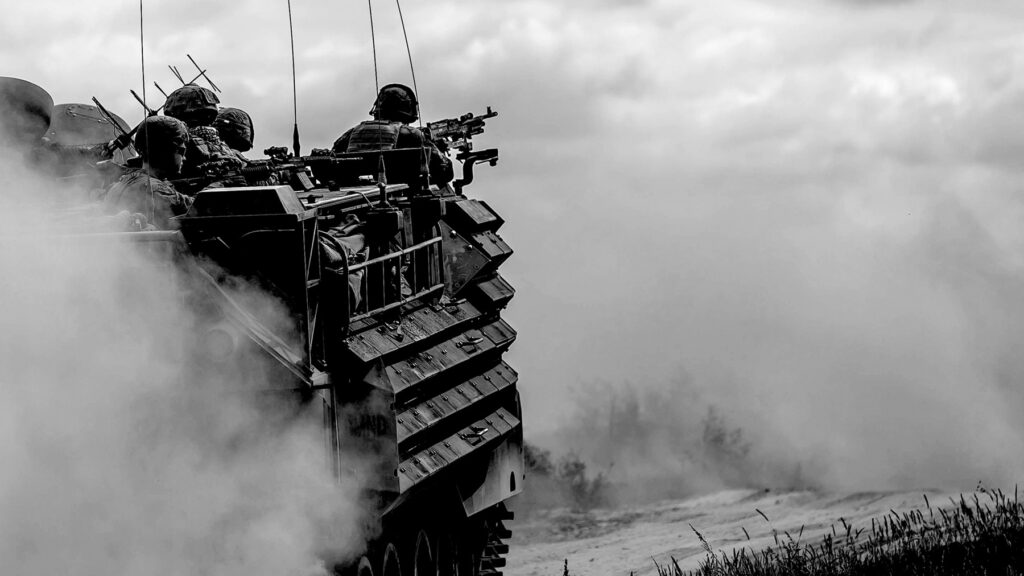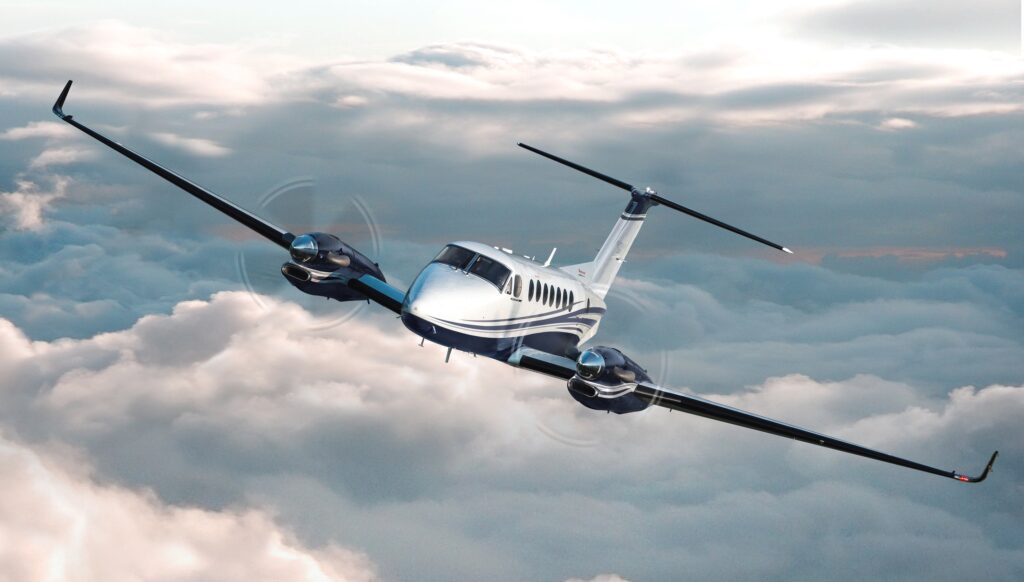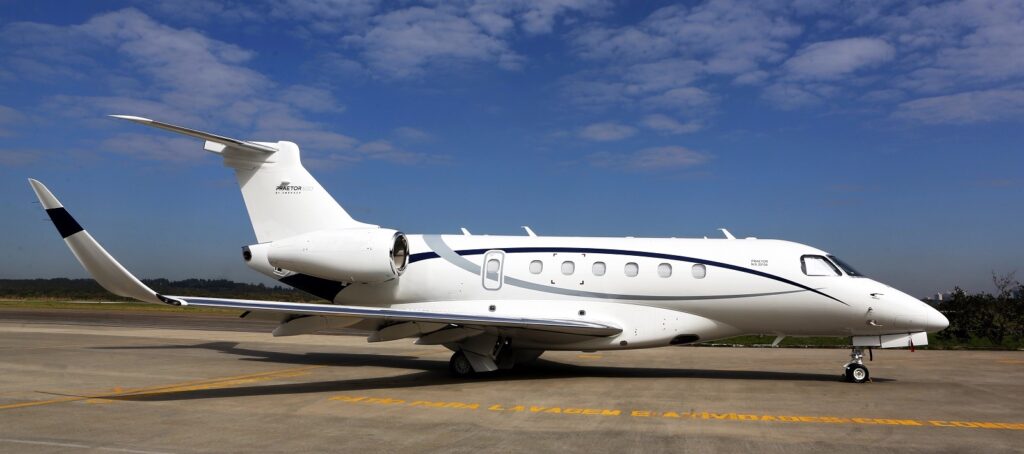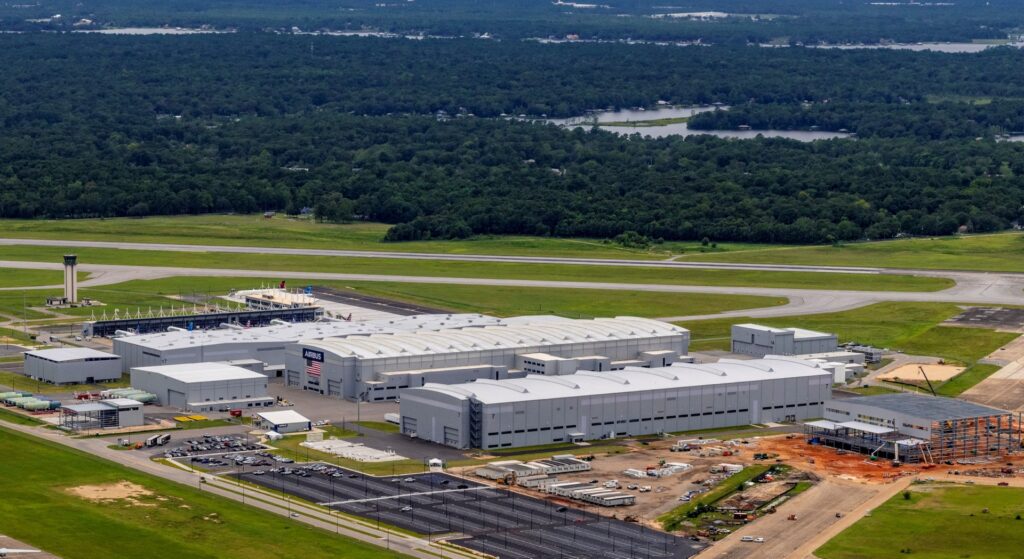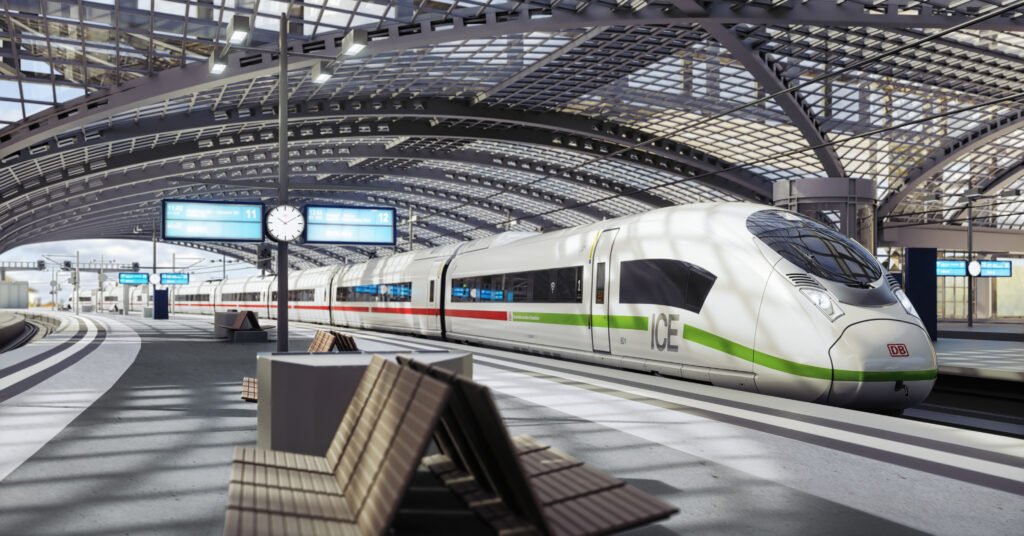Southwest Airlines To Serve Fresno And Santa Barbara, California
Southwest Airlines Company (NYSE: LUV) today shared its intention to bring service to Santa Barbara Airport and Fresno Yosemite International Airport in the second quarter of 2021. "Our arrival in the Heart of California, both on the Central Coast and in the Central…
